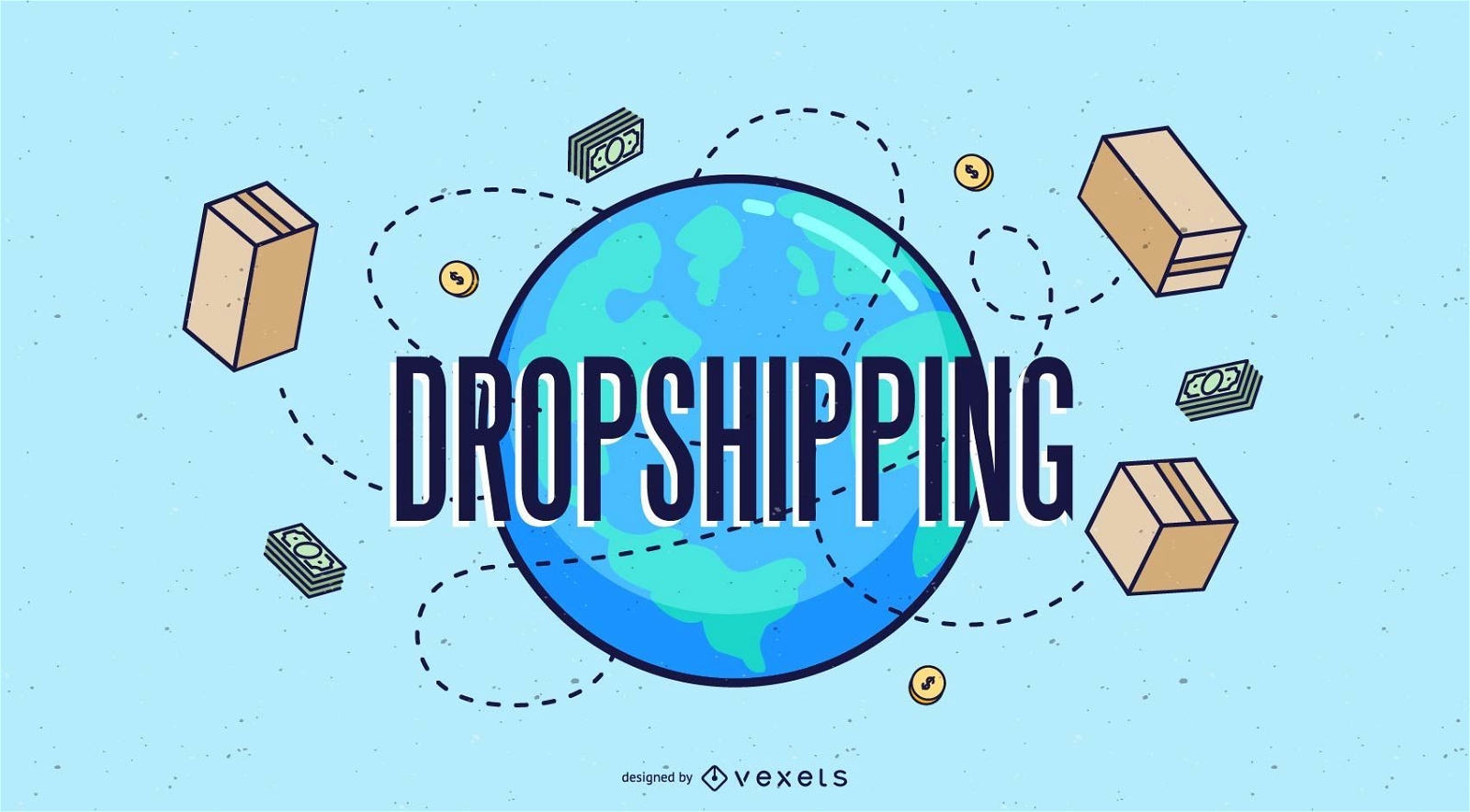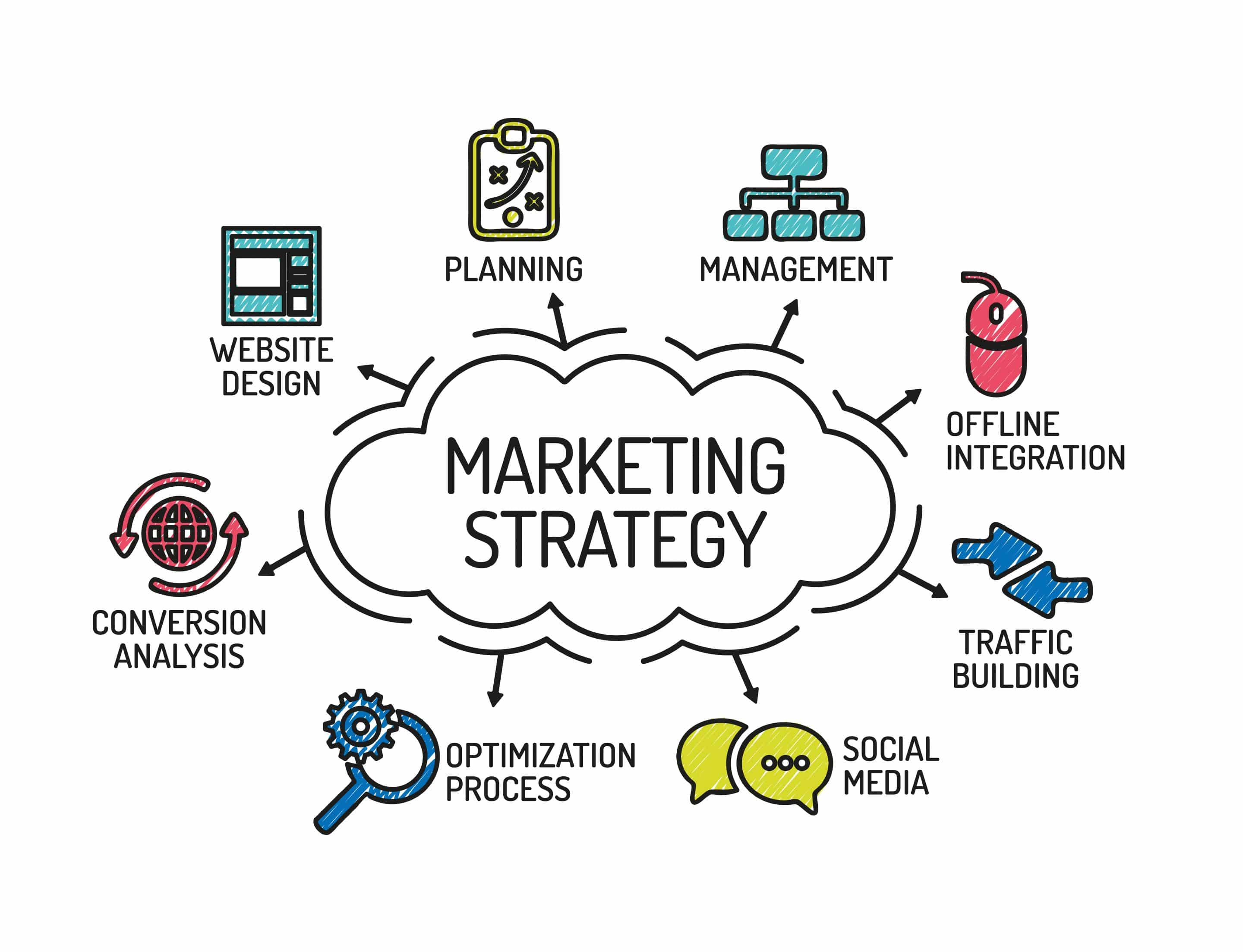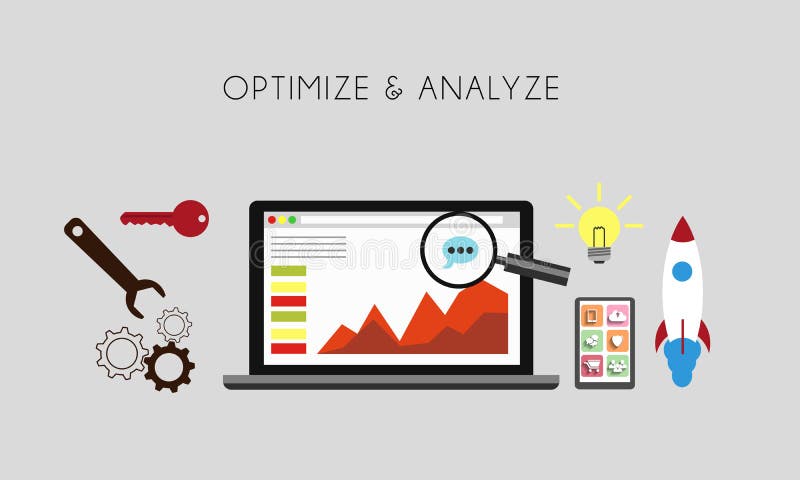The Ultimate Guide to Dropshipping: Step-by-Step Instructions
Introduction:
Dropshipping has become an increasingly popular business model for aspiring entrepreneurs. Its low startup costs and minimal inventory requirements make it an attractive option for those looking to start an e-commerce venture. If you're interested in entering the world of dropshipping, this step-by-step guide will provide you with the essential information you need to get started successfully.
Step 1: Choose Your Niche:
Selecting the right niche is crucial to the success of your dropshipping business. Conduct thorough market research to identify trending products with a high demand and low competition. Consider your personal interests and passion, as it will make it easier for you to understand and market your chosen niche.
Step 2: Find Reliable Suppliers:
Building strong relationships with reliable suppliers is vital in dropshipping. Look for suppliers with a proven track record, good customer reviews, and competitive pricing. Popular platforms like AliExpress, Oberlo, and SaleHoo can help you find trustworthy suppliers. Ensure that the suppliers can fulfill orders promptly and provide quality products.
Step 3: Set Up Your E-commerce Store:
To establish your online presence, create a professional e-commerce store. You can use platforms like Shopify, WooCommerce, or BigCommerce, which offer user-friendly interfaces and various customizable templates. Customize your store's design, add product descriptions, and optimize your website for search engines (SEO) to attract organic traffic.
Step 4: Source and Add Products to Your Store:
Using the information gathered from your chosen suppliers, carefully select the products you want to sell. Import product images, descriptions, and pricing from your suppliers' websites to your own store. Ensure that your product pages are visually appealing, informative, and persuasive to entice potential customers.
Step 5: Set Competitive Pricing:
Pricing plays a vital role in attracting customers while ensuring a healthy profit margin. Consider factors like product cost, shipping fees, advertising costs, and your desired profit margin when setting prices. Aim for competitive pricing that offers value to customers while covering your expenses and generating a profit.
Step 6: Implement Marketing Strategies:
Promoting your dropshipping store is essential to drive traffic and generate sales. Utilize various marketing channels such as social media platforms, search engine marketing (SEM), content marketing, and influencer collaborations to reach your target audience. Engage with potential customers, run targeted ads, and leverage email marketing campaigns to build a loyal customer base.
Step 7: Manage Order Fulfillment:
One of the significant advantages of dropshipping is the hands-off approach to order fulfillment. When a customer places an order, your supplier will handle the packaging and shipping processes. Ensure that you have clear communication with your suppliers to track orders, resolve any issues promptly, and maintain excellent customer service.
Step 8: Analyze and Optimize:
Regularly analyze your business performance to identify areas of improvement. Utilize analytics tools such as Google Analytics to track website traffic, customer behavior, and conversion rates. Optimize your store based on the insights gained, tweaking product selection, pricing, and marketing strategies to maximize sales and profitability.
Conclusion:
Dropshipping offers a lucrative opportunity for aspiring entrepreneurs to start their own online business without the hassle of inventory management. By following these step-by-step instructions, you can embark on your dropshipping journey with confidence. Remember to stay focused, continuously adapt to market trends, and provide excellent customer service to establish a thriving dropshipping business.







Comments
Post a Comment